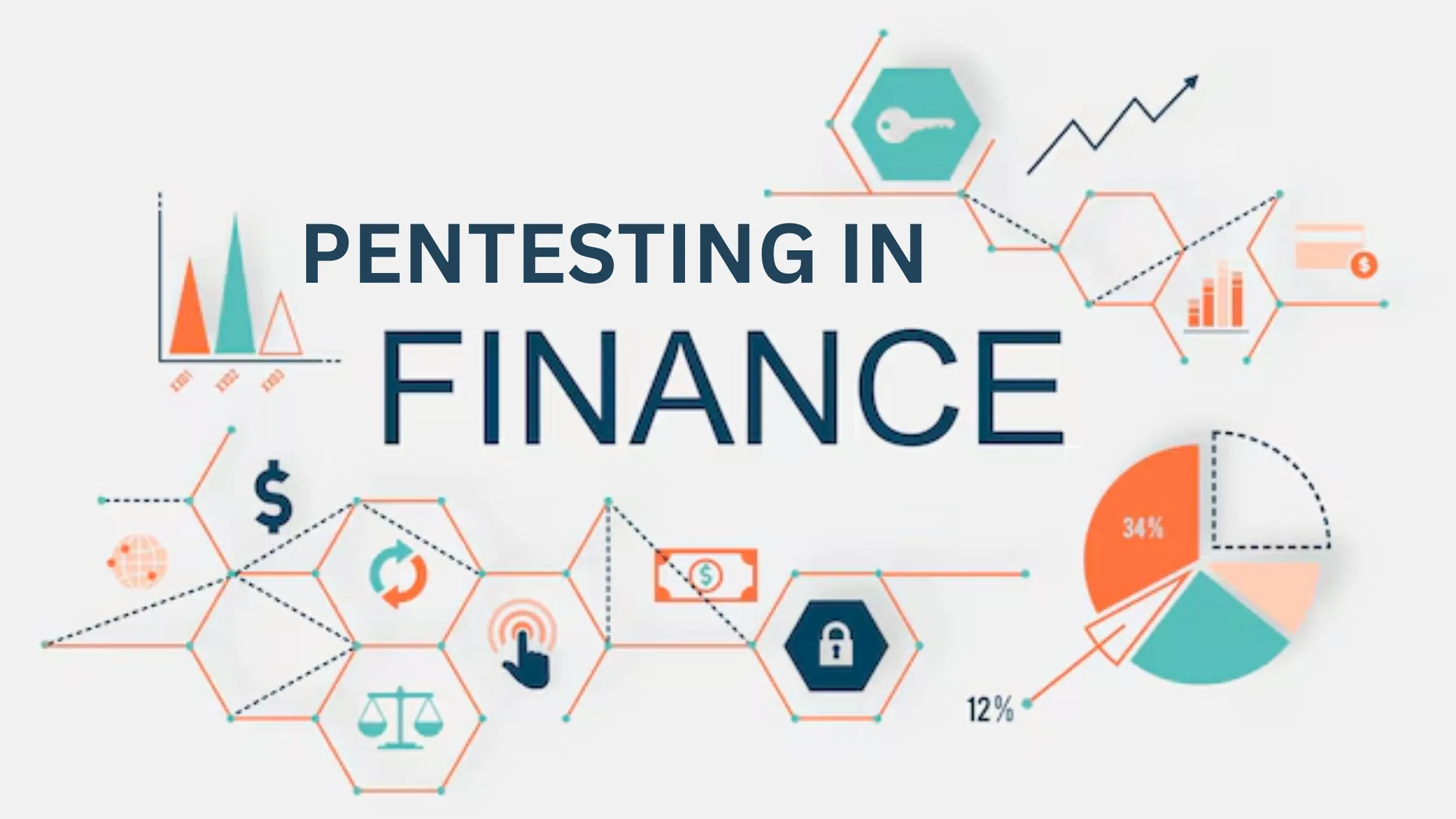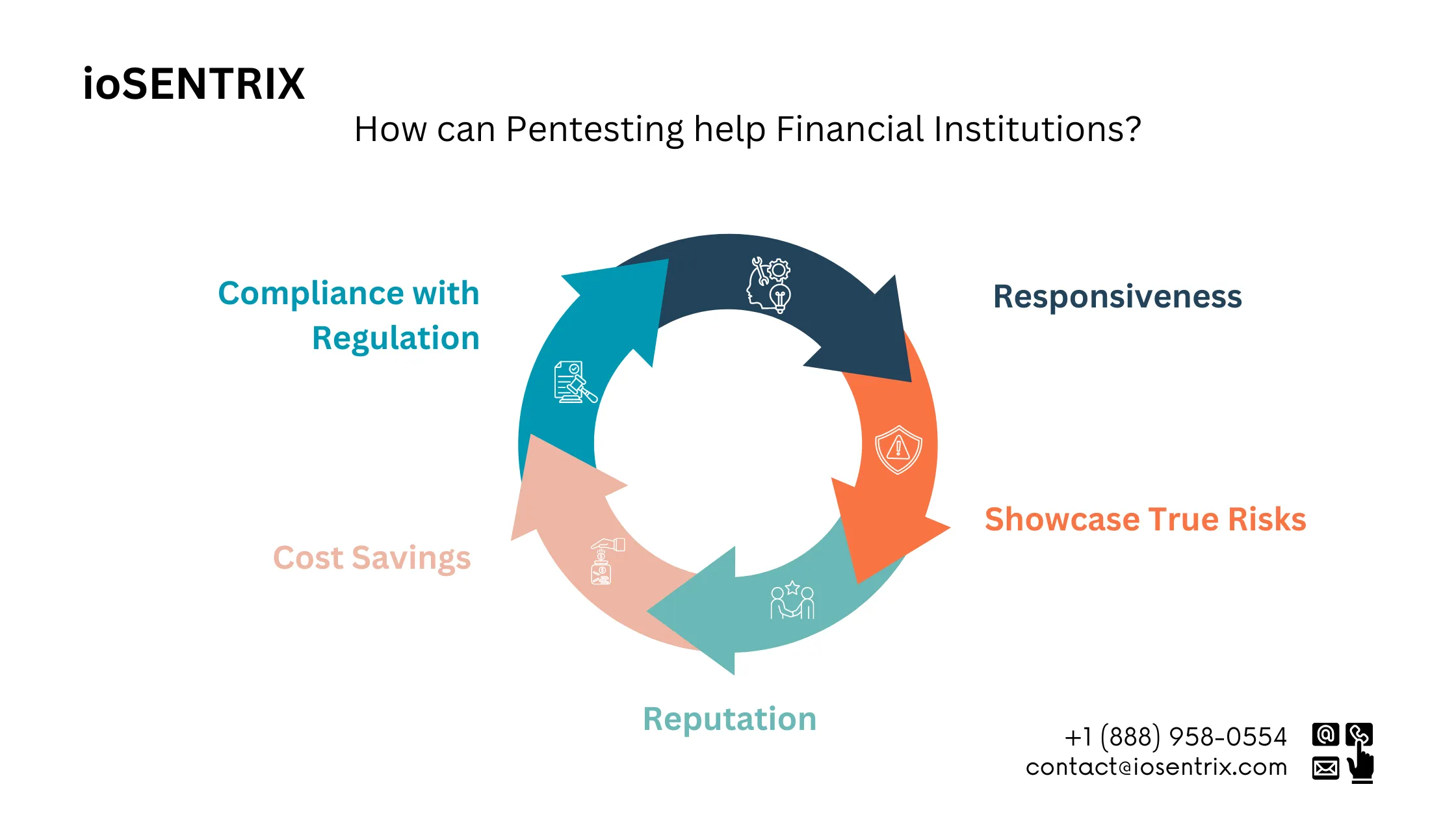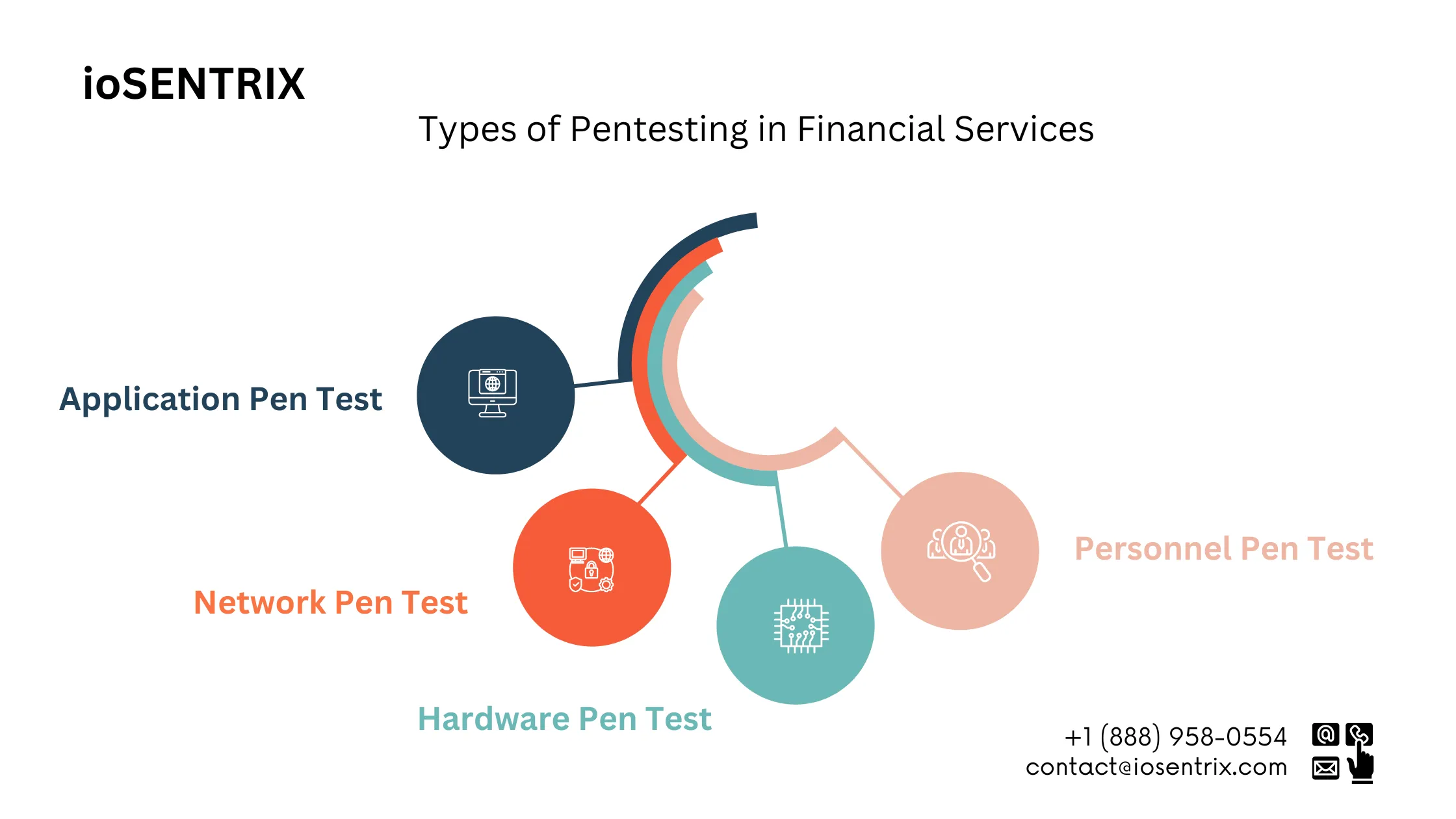
With more advanced and complex cyber threats in the digital world, financial institutions must prioritize safeguarding their systems and customer data. One crucial element in achieving a comprehensive cybersecurity is penetration testing.
In this article, we aim to explore the concept of penetration testing and its significance within the financial sector. We will also explain the key methods and benefits of regular penetration testing, as well as provide step-by-step guidance and best practices for conducting these tests.
Penetration testing or ethical hacking is a structured procedure designed to exploit a company’s system, network, or applications in order to rectify weaknesses and vulnerabilities. This method involves mimicking real cyber attacks to analyze the security effectiveness and durability of an organization’s digital framework.
Security experts or pentesters assume the role of a malicious hacker to invade computer systems and reveal any weakness or vulnerability that can act as an entry point for real hackers. This methodology aids financial institutions to analyze and address their security infrastructure before it falls victim to data breaches.
The financial industry has become a key focus for cyberattacks because of the valuable data and assets it holds. Financial institutions store a large volume of customer information which makes them an appealing target to cybercriminals to steal personal data, engage in fraud, or disrupt services.
Penetration testing plays a crucial role in managing and minimizing these risks by providing a comprehensive assessment of an institution’s security measures. Evaluating existing controls helps financial institutions identify and remove vulnerabilities, thereby strengthening their security posture.
Penetration testing also aids financial institutions to understand the potential impact of a successful attack. Penetration testers can assess the extent of damage that could be caused by a breach. This information is invaluable in developing incident response plans and implementing appropriate measures to mitigate the impact of a cyberattack.

Financial institutions must comply with rules and standards set by regulators and industries, like the Payment Card Industry Data Security Standard (PCI DSS) and the General Data Protection Regulation (GDPR). Through penetration testing, organizations can showcase their commitment to these standards by showcasing their security practices and proactive risk management strategies.
Identifying and fixing vulnerabilities early through penetration testing saves money by avoiding expensive security breaches and their consequences.
Regular penetration testing shows a commitment to security, building customer trust and enhancing the organization’s reputation.
Read more on our blog: Choosing the Right Pentesting Approach: Automated or Manual?
Application penetration tests identify vulnerabilities in various applications and related systems, including web apps, websites, mobile apps, IoT apps, cloud apps, and APIs. Testers often start by examining vulnerabilities listed in the Open Web Application Security Project (OWASP) Top 10, which highlights the most critical security risks in web applications. Common vulnerabilities include malicious code injections, misconfigurations, and authentication failures. Beyond the OWASP Top 10, these tests also aim to uncover less common security flaws specific to the application being tested.
Network penetration testing involves analyzing a company’s entire network system for any potential vulnerabilities. This type of pen testing is carried out in two categories:
External Testing: External testing assesses how well boundary defenses work by simulating attacks from outside the network perimeter. Financial institutions depend on firewalls, intrusion detection systems, and other security measures to safeguard their sensitive data. These defenses help institutions understand their strength and pinpoint any vulnerabilities that require attention.
Internal Testing: This method involves authorized testers operating inside the network to identify vulnerabilities that could potentially be exploited by insiders or attackers who have already gained unauthorized access. Acting as malicious insiders, penetration testers can assess the effectiveness of access controls and user privileges. This helps institutions strengthen their internal security measures and minimize the risk of insider threats.

Hardware penetration tests identify vulnerabilities in network-connected devices, such as laptops, mobile devices, IoT devices, and operational technology (OT). Pen testers search for software flaws, such as operating system exploits, that could give hackers remote access to endpoints. They also assess physical vulnerabilities, like poorly secured data centers, and evaluate potential pathways for hackers to move from a compromised device to other areas within the network.
Personnel penetration tests assess the vulnerabilities in employees’ cybersecurity practices and awareness. These tests evaluate a company’s susceptibility to social engineering attacks using techniques like phishing, vishing (voice phishing), and smishing (SMS phishing). Additionally, testers may attempt to gain unauthorized physical access to facilities by disguising themselves as delivery personnel, a method known as “tailgating”.
Read more on: Vulnerability Assessment vs Penetration Testing.
Before starting a penetration test, the testing team defines a clear scope. This scope outlines which systems will be tested, the testing timeline, and the methods pen testers can use. It also determines how much information pen testers will have about the target system:
Black-Box Testing: Pen testers receive no prior information about the target system. They rely on their own research and skills to create an attack plan, similar to real-world hackers.
White-Box Testing: Pen testers have full access to details about the target system, including network diagrams, source codes, and credentials.
Gray-Box Testing: Pen testers receive limited information, such as IP ranges for network devices, and must independently investigate those IP ranges for vulnerabilities. Once the scope is defined, the testing team selects appropriate methodologies.
Common methodologies include:
OWASP’s Application Security Testing Guidelines: Provides a framework for testing the security of web applications.
Penetration Testing Execution Standard (PTES): Outlines a standard approach for conducting penetration tests.
National Institute of Standards and Technology (NIST) SP 800-115: Offers guidelines for the technical aspects of security testing.
The testing team gathers details about the target system using methods necessary for that specific target. This could mean studying source code for applications or using packet analyzers to look at network traffic flows for network assessments. They also utilize open-source intelligence (OSINT) to gather information from public documents, news articles, and social media and GitHub accounts of employees.
In this phase, testers utilize specialized tools to scan the target network or application for vulnerabilities. This stage helps identify open ports, misconfigurations, weak passwords, and other potential entry points.

After identifying vulnerabilities, the testing process progresses to the exploitation phase. Testers work on exploiting these vulnerabilities to gain access to the target systems or applications. This stage helps in assessing the potential impact of attacks and understanding the extent of harm an attacker could cause.
Here are some common attacks they conduct:
SQL injections: Pen testers try to insert harmful code to get sensitive data from webpages or applications.
Cross-site scripting: Pen testers try to insert harmful code into a company’s website, which could risk user data or exploit vulnerabilities.
Denial-of-service attacks: Pen testers overwhelm servers, applications, or network resources with a lot of traffic to disrupt or temporarily disable them.
Social engineering: Pen testers use phishing, baiting, or pretexting to trick employees and breach network security.
Brute force attacks: Pen testers use automated scripts to constantly try different password combinations to gain unauthorized access to a system.
Man-in-the-middle attacks: Pen testers intercept network traffic between devices or users to get sensitive information or introduce malware.
After gaining initial access, pen testers aim to expand their reach within the network, maintaining access and elevating privileges while evading security measures. This phase, known as “vulnerability chaining,” replicates the tactics of advanced persistent threats (APTs) that can remain undetected within a system for extended periods.
The final stage involves documenting and reporting the findings. Testers provide a comprehensive report detailing identified vulnerabilities, their severity, and recommended remediation steps. The report serves as a roadmap for instituting necessary security enhancements.
After the penetration testing process is completed, organizations often conduct a debriefing session with the testing team to discuss the findings in detail. This session allows for a deeper understanding of the vulnerabilities and provides an opportunity for the organization to ask questions and seek clarification on any technical aspects.
Some advanced penetration testing engagements may involve social engineering techniques to test not only technical vulnerabilities but also the human element of security. Social engineering can include phishing emails, phone calls, or physical attempts to gain unauthorized access to secure areas. This provides a comprehensive assessment of an organization’s overall security posture.
To avoid any harmful activities during pentesting approach, read our Blog: Dangers of Cheap Pentest.
When choosing a provider for a penetration test, it’s important to pick one with the right skills to find many vulnerabilities and help with fixing them effectively.
ioSENTRIX provides reliable penetration testing services tailored to your specific business needs. Our team of specialists focuses on thorough testing in various industries, discovers and fixes complex vulnerabilities in internal and external systems, wireless networks, web and mobile apps, network setups, and more.
Our services extend beyond testing to offer detailed post-test support, practical insights, prioritized guidance for fixing issues, and strategic security advice. We are dedicated to helping you enhance your cybersecurity in the long term. Reach out to us today to begin improving your security measures!